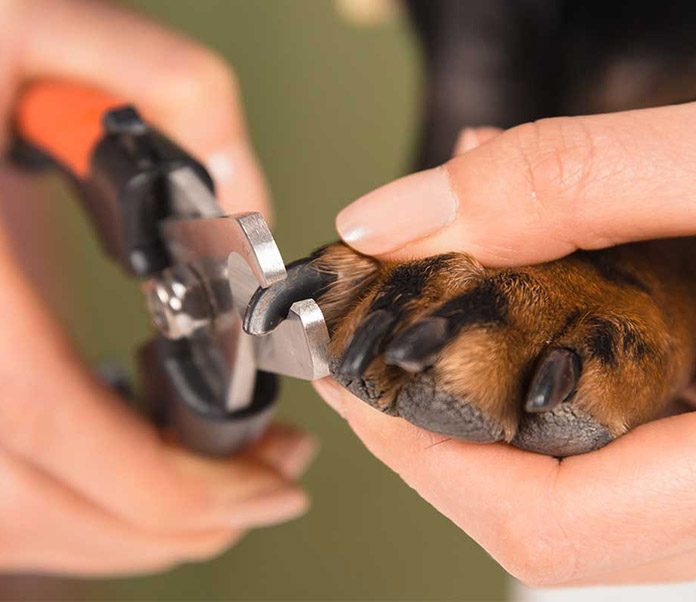Clipping your dog’s nails can be an unpleasant experience, so it’s understandable that this grooming practice is not performed as often as it should be. Find out why you need to trim your dog’s nails, what could happen to your dog if you don’t, how often to trim them and a few tips for making the nail-clipping session more enjoyable for everyone involved.
Would your dog rather play with the cat than get their nails trimmed? Would you rather scrub dirty dishes than pick up a pair of clippers? You’re not alone. Nail trimming is often a dreaded and unpleasant experience for both dog and owner. But the good news is that it doesn’t have to be so terrible. With a little practice and patience, it is possible to train your furry friend to not overreact to routine nail trimming.
Why Do Dog’s Nails Need to Be Trimmed?
While some dogs, such as those who are frequently active on a range of outdoor surfaces like concrete, gravel or asphalt, may need less frequent or no trimmings, dogs that live primarily indoors need their nails trimmed regularly. Not trimming your canine’s nails can cause pain in their feet. Long nails will push back into the dog’s nail beds when they come into contact with the ground. This pressure can cause the toe joints to bend excessively or twist, causing misalignment in the leg joints and problems with posture over time.
How Often Do Dog’s Nails Need to Be Trimmed?
So, naturally, the next question most dog owners have once they know the importance of nail trimming is, “How Often Do I Need to Trim My Dog’s Nails?” The answer is different for each dog. Several factors, including what your dog eats and what type of surfaces they spend most of their time on, dictate the frequency of nail trimming. A good rule of thumb, however, is to trim your dog’s nails just before they’re long enough to touch the ground.
How to Trim Your Dog’s Nails
The best way to get your dog used to and comfortable with regular nail trimmings is to begin the practice at a young age. But, rest assured, even if your dog is past the puppy stage, you can still train them to accept having their nails trimmed. First, you’ll need the proper tools.
Choosing the Right Dog Nail Trimmers
There are two types of nail trimmers for dogs: scissor style and guillotine style. With scissor-style clippers, the dog’s nail goes between two blades, which cut the nail when force pushes the two blades together. This type of clipper can work well for larger dogs with thicker nails. With guillotine-style clippers, the dog’s nail goes into an opening, and when force is exerted, a blade comes down, slicing off the end of the nail. Guillotine clippers can work well for small- to medium-sized dogs. Nail grinders are also available, but take longer to get the nail to the desired length and produce vibrations that can be off-putting to your dog. You may have to try several clipper styles until you find the right one for your dog. Asking your veterinarian or a professional groomer for advice is a good idea, as well.
Trimming Your Dog’s Nails
- Step 1: Before you begin, hold your dog in place with one hand while holding the clippers in the other hand. If your dog struggles to get away, command it to stay and award praise when the command is followed.
- Step 2: Take your dog’s paw in your hand and grab each toe firmly (without squeezing).
- Step 3: Hold the nail clippers at an angle so that the nail is cut from top to bottom at a slight angle that mimics the natural curvature of the nail. Do not trim at a blunt angle or put an excessive amount of nail into the clipper. This may result in cutting the quick* of your dog’s nail. It is best to start by cutting the nail a little at a time and making multiple trims to the same nail in order to reach the proper length.
- The quick is a vein that runs halfway through your dog’s nail. It will appear pink underneath clear nails. It can be harder to spot under dark-colored nails, so err on the side of caution if you’re not sure how far back to cut. If you do cut the quick, your dog will likely yelp and bleed. This injury is not serious, but needs to be cared for. Apply styptic powder or corn starch along with slight pressure to stop the bleeding.
- Step 4: Continue steps two and three until all of your dog’s nails have been sufficiently trimmed. As a final step, you can use an emery board to file down any rough edges or points. Once the trimming is complete, be sure to reward your dog with praise and even a treat or two. This will help your dog learn to accept this practice and make future experiences less of struggle.
What to Do if Your Dog Is Excessively Stressed by Nail Trimming
While at first your dog may not enjoy having their nails trimmed, with repetition and positive reinforcement, the experience can become more enjoyable, or at least tolerable. However, if your dog continually shows excessive signs of distress, such as trembling, panting, drooling, whining, cowering, growling or snapping, do not force your dog to submit. Doing so increases the risk of injury and only makes adjusting to the process more difficult. Instead, if your dog is exhibiting these behaviors, consult with your veterinarian or a professional dog groomer.
Picture |
Name |
Price |
More |
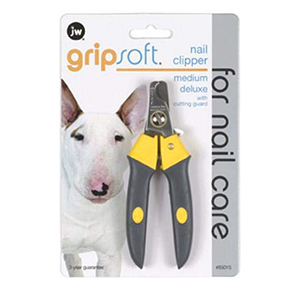 |
JW Pet GripSoft Deluxe Pet Nail Clipper | $6.17 | More |
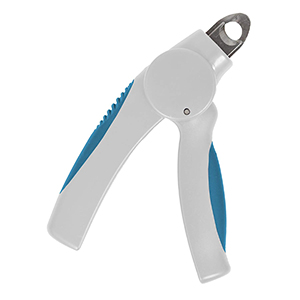 |
Dog Nail Trimmer, Small | $5.09 | More |
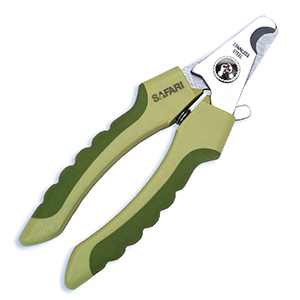 |
Safari Professional Stainless Steel Nail Trimmer for Dogs | $8.69 | More |
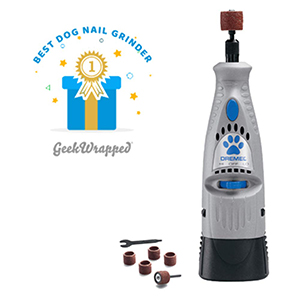 |
Dremel 7300-PT 4.8V Pet Nail Grooming Tool | $29.99 | More |
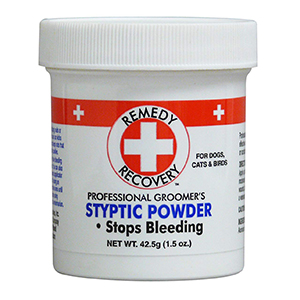 |
Remedy + Recovery Professional Groomer’s Styptic Powder for Pets | $6.25 | More |
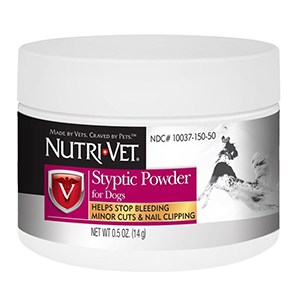 |
Nutri-Vet Styptic Powder, 0.5 oz | $7.29 | More |














